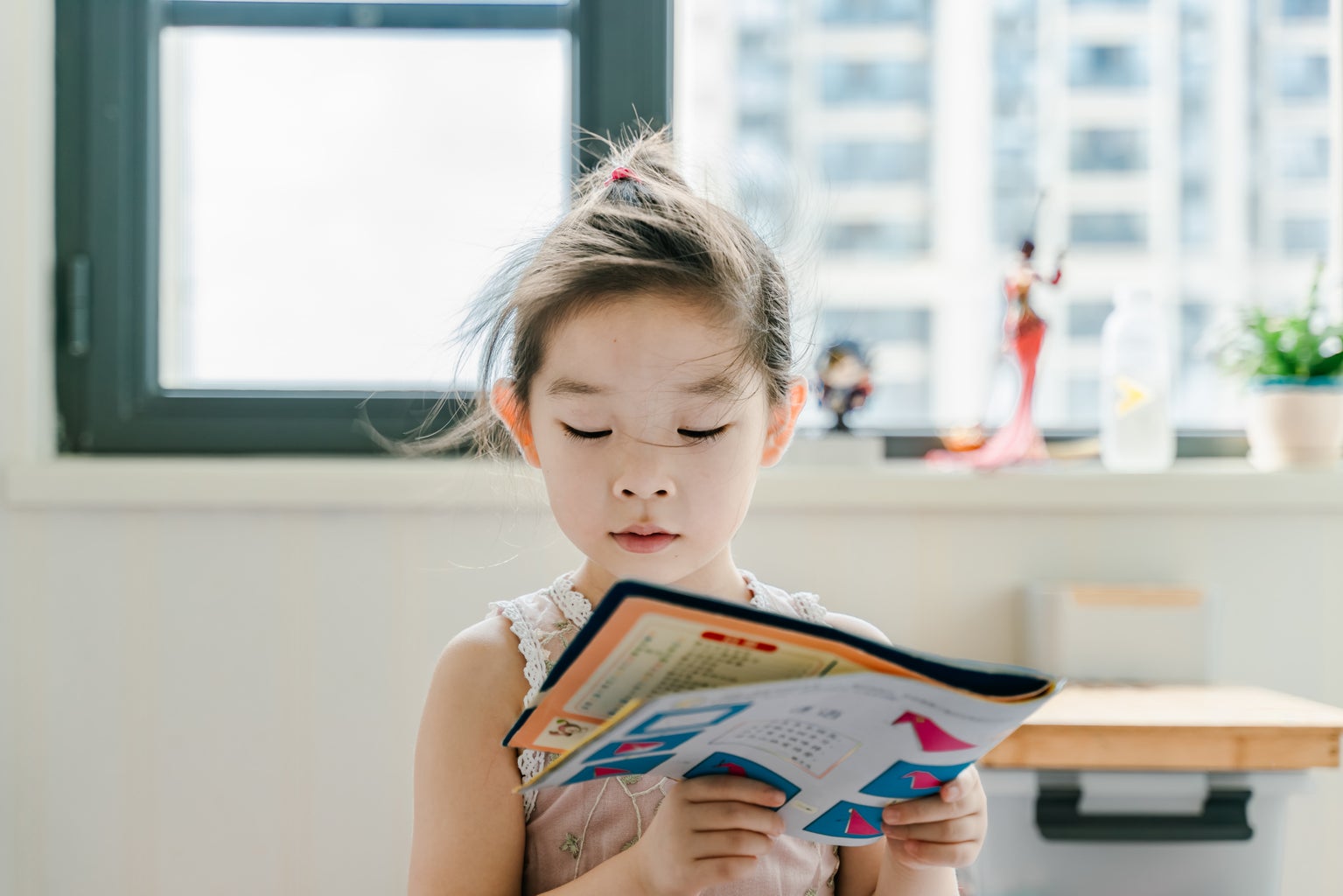Warning: Spoilers for Big Hero 6, Encanto, and Turning Red
Ever since I entered my kindergarten classroom as a four-year-old, two main questions have always followed me until now.
“Where are you from?”
This would usually be followed by a number of guesses. I’ve gotten a lot of them being Vietnam, China, the Philippines or other Asian countries. Most of the time, no one guesses Myanmar, which is also known as Burma.
Once I replied the correct answer, the question after would always be:
“Where is that?”
Obviously, I’m not going to expect every single person to know where Burma is. I’m no geography expert myself, especially when it comes to European and African countries. So I’m not offended at all.
I have to admit though, back when I was younger, I would only reply, “Oh, it’s a country next to Thailand, it’s south of China.” I had also stopped explaining that I wasn’t exactly Burmese, but Karen, which is one of the ethnic groups that reside there.
I felt bothersome and thought no one would want to hear a mini-history lesson, or have to reassure quickly that no, I wasn’t self-proclaiming to be an entitled woman. As much as I hate to admit it, I used to feel that my culture was a burden to explain.
Identity Crisis: Where Is The Girl I Should See?
Growing up, I had two favorite princesses. The first was Belle, because she loved reading books just as I did. I also enjoyed the enchanted talking furniture like every other child. And yes, that ballroom dance between her and the Beast.
The other one was Mulan, who wasn’t even a princess, but a warrior from China. Her story of wanting to protect her father and bring honor to her family was something I resonated with. I also admired her bravery, her devotion to her friends, and was awestruck by her heroism. It was powerful to watch her risk her life to protect people, even when they had turned their backs on her because she was a woman.
Aside from the two heroes, there wasn’t that much Asian representation in the media that I related to, save for a few characters on the TVOKids and CBC shows I watched on TV since my family didn’t have cable. Most of them seemed to be caricatures, mainly the badass martial arts heroes or studious math-aces who wanted to either grow up to be a doctor, accountant, or some other high-level profession.
Female asians in particular were usually portrayed as quiet, shy and passive. These cliches never deviated, which had stuck with me.
To an impressionable young kid (especially since I was extremely naive), I expected and thought I was supposed to embody those stereotypes so that I could fit in society. It didn’t help that those same expectations were also enforced at home.
There was no story of an Asian girl who wanted to pursue the arts depicted in the media. I felt like the outliers that I graphed in my high school math class. I just didn’t seem to fit. The only depiction of Burma that I recalled was that it was a war zone setting in Rambo.
Then, Big Hero 6 came out in 2014, and it still to this day remains as one of my favorite Disney Pixar movies. Sure, Tadashi and Hiro were also engineering and robotic whizs, but there was more to them. Tadashi had built Baymax, desiring to help and heal others.
Hiro was a creative genius who wanted justice for his brother’s death, and aside from being a prodigy, he was a kid with emotions that was going through grief. The main cast also encompassed people from diverse backgrounds: Honey Lemon is of Hispanic descent, Wasabi is African American, and Go Go Tomago is of Korean descent.
Go Go’s characterization defied the typical female Asian stereotypes. She was both intelligent, being one of the engineering students, along with being a strong and sarcastic daredevil who became a speedster in her blades. After Mulan, she was the next character that I could look up to. I hadn’t even realized it had been so long since then. Perhaps it was because I just expected for there to never be another person like her.
Under the Surface: The Importance of Cultural Representation
When I finally watched Encanto, this masterpiece of a movie hit in the feels.
Although the movie takes place in South America and is inspired by Columbian culture, I could empathize with many of the characters. I could understand Isabela’s struggle of perfection, being the eldest daughter myself as well. These were Luisa’s burdens of being strong, yet being mentally buried by that surface pressure. And Mirabela, who had only wanted to help her family and had suffered from not being gifted like the rest of her family.
When my friend, who is Ecuadorian, and I finally discussed the movie (she had watched it multiple times). She told me she cried the first time she watched it. It had given her so much happiness to see a similar culture represented. It wasn’t just the music and the food that captivated her, but also the familial bonds and struggles that the Madrigals faced in their home. She felt good to be represented.
There is no amount of words that can describe how much pride, awe, and validation that is felt when you see a character from your background in mainstream media. The increased amount of diverse film, books and music that is being released was something that my childhood self could only dream of.
For one, there is a rise in popularity in anime and k-pop in the west. Jujutsu Kaisen 0 was recently released in theaters with subtitles, and many k-pop groups, such as Stray Kids, are either currently or are set on world tours, some are even coming to Toronto. It’s pretty amazing to see people connecting to various forms of art regardless of the language barriers, and also forming bonds that way too.
As a bookworm, there have been books recently released that include Asian characters. Chloe Gong’s duology These Violent Delights and Loan Le’s A Pho Love Story are both retellings of Shakespeare’s Romeo and Juliet, but with different approaches.
Gong’s violent tale takes place in 1920’s Shanghai, where there is a bloody feudal war between two mafia gangs, the Scarlets and White Flowers. Juliette Cai, a Chinese woman who has come back from her time in the West. She is a strategic, cutthroat woman, but also struggles with the clashes of two cultures, upholding the one she was raised versus the one she was exposed to.
I also was awestruck by her dedication to protecting her home from hurting the people she had vowed to protect. Rosalind and Kathleen are also strong women in their own right.
Opposingly, Le’s contemporary is set in modern South California, where two rival families compete through their pho restaurants. Linh Mai and Bao Nguyen, who are both Vietnamese, bond over their responsibilities of maintaining their familial businesses.
I had gotten attached to Linh’s character, as she was a girl that wanted to go into an arts career, knowing that her parents would disapprove because of its instability. Aside from the cultural representation, the friendships between the characters are healthy and supportive, and it was amusing to read, save for the tears I shed near the end of the story.
Nothing could have prepared me for Disney Pixar’s Turning Red. Yes, I had the teasers since last year when it had been announced, but this tale had thrown me out of the park, or in this case, the Sky Zone Stadium. I don’t think I have ever writhed in second hand embarrassment for a character’s situation this much, in a good way.
The movie takes place in Toronto, so it was epic to see a familiar landscape animated on the screen. More importantly, it was amazing to see how much my own thirteen year-old self saw in Meilin. She was a growing pre-teen who had crushes and drew art, and was going through her puberty phase in emotional rollercoasters.
She also only wanted to make her mother proud, having tried to mold herself until she broke in a rebel. I resonated with her when her friends’ love had calmed her down instead of her family’s, along with the guilt that came with feeling much so. Needless to say, Turning Red is also one of my favorite movies now.
Representation of people of color has come a long way compared to two decades ago, but there is still more work to be done. It’s definitely not perfect. For example, diversity being included only for the sake of diversity, without much work being done to actually research the culture to depict it authentically.
Despite that, I am optimistic for things to only get better. There haven’t been any movies depicting Burmese-Karens yet, but who’s to say that they won’t ever appear? Hey, perhaps I’ll be the first to tell that story. It would be a huge responsibility, and it won’t encompass all our stories, but it’s one that I’ll create for the other kids out there wanting to see themselves, and for the adults who’ve been waiting all this time.





